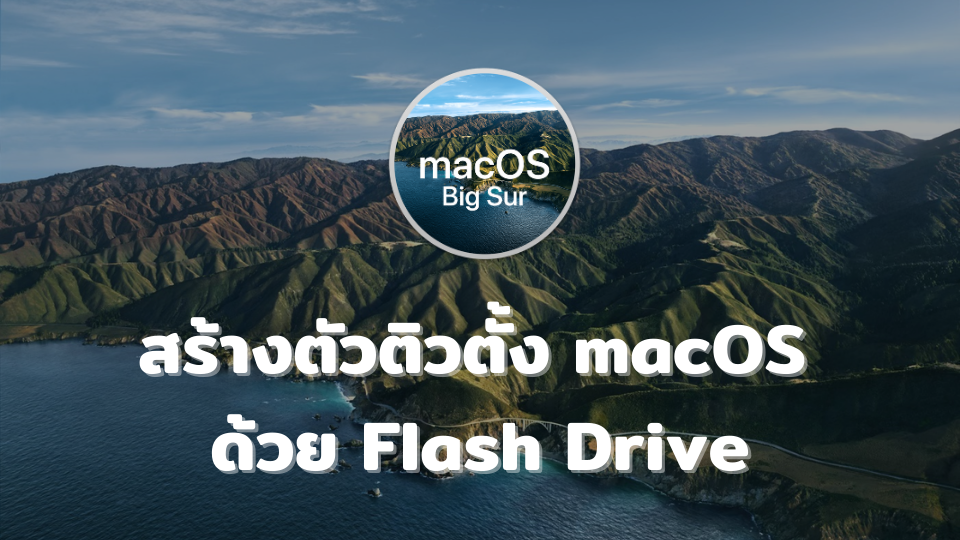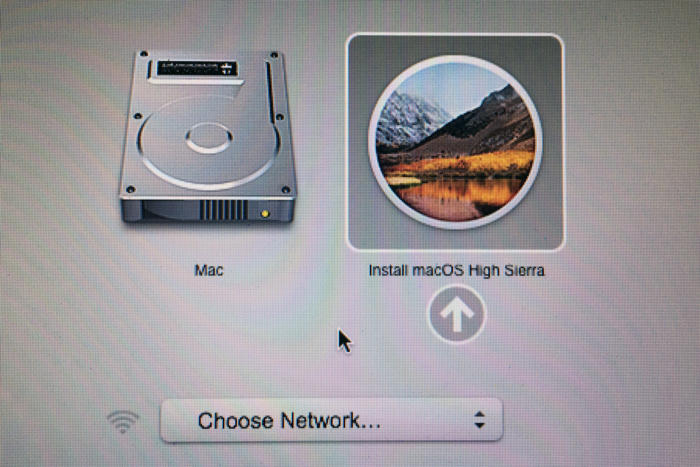
- #BOOTABLE USB FOR MAC OS HIGH SIERRA MAC OS X#
- #BOOTABLE USB FOR MAC OS HIGH SIERRA INSTALL#
- #BOOTABLE USB FOR MAC OS HIGH SIERRA PRO#
- #BOOTABLE USB FOR MAC OS HIGH SIERRA DOWNLOAD#
High Sierra installer on Sierra or earlier: sudo /Applications/Install\ macOS\ High\ Sierra.app/Contents/Resources/createinstallmedia -volume /Volumes/MyVolume -applicationpath /Applications/Install\ macOS\ High\ Sierra.app High Sierra installer on High Sierra: sudo /Applications/Install\ macOS\ High\ Sierra.app/Contents/Resources/createinstallmedia -volume /Volumes/MyVolume Mojave installer on Sierra or earlier: sudo /Applications/Install\ macOS\ Mojave.app/Contents/Resources/createinstallmedia -volume /Volumes/MyVolume -applicationpath /Applications/Install\ macOS\ Mojave.app Mojave installer on Mojave or High Sierra: sudo /Applications/Install\ macOS\ Mojave.app/Contents/Resources/createinstallmedia -volume /Volumes/MyVolume Take note that the commands differ slightly for creating Mojave and High Sierra installers on older versions of macOS. Just replace the MyVolume portion of the command with the name you gave your drive in the Disk Utility step above. The following video gives an overview and some results.Terminal is the easiest way to create your bootable USB drive.

No packages were eligible for install.Īfterwards, reboot the computer normally, and you'll be greeted with the normal macOS setup screens. That was solved by resetting the system clock, see: Installing MacOSX when the installer says: OS X could not be installed on your computer. Run this tool.Īn issue that arose during those machinations is that after running the installation I got a screen saying macOS could not be installed on your computer. You'll find a window that can launch a Post-Install Tool that applies patches. After installation, boot again off the installer drive.If desired you can use that window to launch Disk Utility to reformat the hard drive.Notice there is an extra window on the screen.Perform an installation using the installer.Boot off the installer USB drive as normal for a macOS installation.Click the START button - this builds the installer drive, and applies the necessary patches.Execute the Patcher tool, and perform these steps.

#BOOTABLE USB FOR MAC OS HIGH SIERRA DOWNLOAD#
#BOOTABLE USB FOR MAC OS HIGH SIERRA PRO#
I don't know what " Reason: Mac-F2268AC8" means, but the other message clearly means the mid-2009 MacBook Pro is not supported by macOS High Sierra.īy coincidence I had watched a video yesterday concerning the
#BOOTABLE USB FOR MAC OS HIGH SIERRA MAC OS X#
īooting that way showed the above screen, telling me " This version of Mac OS X is not supported on this platform!" None of that resetting made any changes - the macOS High Sierra installer still failed to start in a strange way.Īfter some additional searching I found a suggestion to boot by using Command+S. A complete reset is performed by unplugging the battery pack, the power supply, and then holding down the power button for awhile, presumably to drain off any held energy in capacitors. Initially the suggestions I found said to reset the NVRAM, the PRAM or the SMC, and even to do a complete reset of the computer. The Apple support knowledge base, the Prohibitory Symbol is shown when "your Mac couldn't find a valid System Folder to start up from." This didn't make sense since the installer USB drive does have a System folder. Instead - the computer showed a grey screen with this symbol:

Normally booting off the installer this way launches the installation program, and we would then proceed with the installation. The initial behavior was - insert the USB drive holding the macOS Installer in the USB port, reboot the computer, hold down the Option key, and select the installer drive. Getting to see that message took some digging. After some duckduckgoing the cause was found to be this screen capture - that the computer was not supported by High Sierra - and fortunately there was a relatively simple solution. After a couple dozen macOS installs on different computers under my belt, I'd never seen this behavior.

In other words installing macOS High Sierra on this mid-2009 MacBook Pro failed in a strange way. I constructed a USB installer using the normal process to make a macOS installer, then rebooted the computer to run the installation, but instead the screen simply went blank and the computer turned itself off.
#BOOTABLE USB FOR MAC OS HIGH SIERRA INSTALL#
In my case, I attempted to install macOS High Sierra on a mid-2009 MacBook Pro, but the installer failed in a very strange way. Apple has declared certain older Mac computers unsupported by newer versions of macOS.


 0 kommentar(er)
0 kommentar(er)
